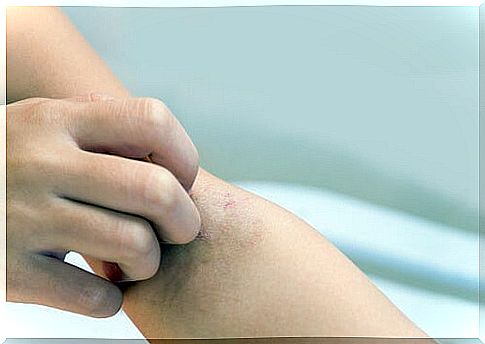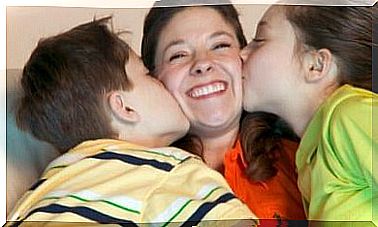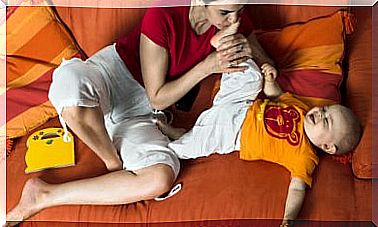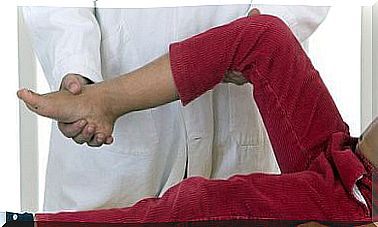Learn All About Infant Jaundice

Infant jaundice is a disease perhaps unknown to some parents ; However, it is not because it is unknown that it is not prevalent and affects many children.
Infant jaundice: origin and characteristics
Infant jaundice is a condition that affects the newborn in the first days or weeks of life. It is characterized by the yellowish color of the baby’s skin that generally begins on the face and, in the most critical cases, reaches the feet.
Bilirubin is a yellow substance resulting from the breakdown of old red blood cells. As it is produced, it is broken down by the liver and leaves the body in the stool.
While it is in the maternal uterus and protected within the amniotic fluid bag, it is the placenta that is responsible for eliminating the pigment from the baby’s body and taking it to the mother’s liver to be decomposed by it.
At birth, the newborn’s liver is the one who must begin to do this work; But, when this cannot be done efficiently, it allows bilirubin to accumulate in the body, the skin and the outer layer of the eyeball (sclera) turn yellow, and the child becomes jaundiced.
Infant jaundice can also appear when the newborn suffers from a disorder that favors an increase in the number of “old” red blood cells to be replaced. Some of the most common are:
- Incompatibility between his blood group and his mother.
- Intestinal disorders
- Infection.

Types of infant jaundice
Physiological infant jaundice is common in childhood. Almost all newborns have it during the first days of their life. This is a temporary and harmless condition that most of the time goes away on its own, because the baby’s liver “learns” to process bilirubin to be eliminated in the bowel movements.
There is another type of jaundice that is known as “breast milk jaundice” and like the others, it takes place during the first days and weeks of life.
In these cases, the condition occurs when some substance that makes up breast milk interferes with the ability of the baby’s body to process and eliminate the pigment known as bilirubin. This type of jaundice, like the previous one, is not serious for the baby, and usually disappears after a few days.
Worsening jaundice of the newborn
Although childhood jaundice is a fairly easily diagnosed condition, it can disappear on its own and, when it warrants it, receives immediate treatment, sometimes it becomes worse. This happens by the action of:
- Diseases that directly affect the liver.
- Trauma during childbirth.
- Infections
The treatment for infantile jaundice focuses on phototherapy, in these cases, the child is exposed with the eyes covered under an ultraviolet light in the incubator. The most severely jaundiced baby receives fluids through an IV ; and in a few critical cases the blood is replaced (exchange transfusion).
When the jaundice is severe the baby looks tired and does not get to feed well ; This hinders your interaction with the environment around you and your weight gain. But, although it occurs very rarely, there are complications of childhood jaundice that reach the brain. Among them we must mention:
- Bilirubin neonatal encephalopathy (neurological complication).
- Cerebral palsy.
- Deafness

Beat jaundice with breast milk
Newborn jaundice often goes away within a few days after presenting. It is the baby’s body that manages to regulate the levels of bilirubin in the blood by itself. His abundant and frequent diet allows him to have several stools during the day and to eliminate the yellow substance that is in his body in his stools.
Observe the yellow coloration on your child’s skin and go to the pediatrician if you suspect that he is ill with jaundice, but, first of all, give him enough breast milk so that he has a chance to overcome the disease on his own.










